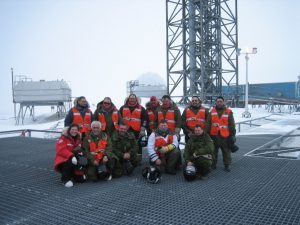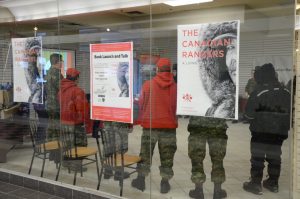The Canadian Rangers are proud members of a uniquely Canadian military organization and true citizen-soldiers. Their selfless service has won them medals, awards, commendations, and praise from some of the most experienced soldiers in the world. This compelling and fascinating read tells you why.
Ranger Sergeant Peter Moon, MMM, CD
This is the definitive study of the Canadian Rangers — the diamond standard to which all future books on the subject will be compared. Combining a multidisciplinary understanding of the big picture, along with an insider’s appreciation of the motivations and actions of individual Rangers, Lackenbauer’s ‘living history’ of the men and women who patrol Canada’s remote regions is a must-read.
Rob Huebert, co-author of Canada and the Changing Arctic: Sovereignty, Security, and Stewardship
This is a great story of the Rangers, whose program is the most cost-effective method for providing a physical sovereignty presence in the Canadian Arctic. They live there, they know their environment, and they have a vested interest in protecting it. Rangers are sentinels of the North and some of most loyal and patriotic soldiers I have met in my thirty-three-year career.
Colonel (Ret’d) Pierre Leblanc, former commander of Canadian Forces Northern Area
The Canadian Rangers, with their red hoodies and Lee-Enfield rifles, have become as much an icon of the Canadian North as the tundra and sea ice they safeguard. Here, Lackenbauer not only examines their history and how their image was cultivated but also the contradictions of their mission. As Canada continues to define its relationship to Aboriginal people, this book provides a sterling example of one program that has worked for everybody. Maybe there’s a lesson here.
Bob Weber, Arctic affairs specialist, the Canadian Press
In 1991, I joined the Rangers and became a member of a special extended family of remarkable northern men and women. I met Whitney Lackenbauer on ‘K-1’ (as us ‘bush Rangers’ call Operation Kigiliqaqvik ). His understanding and interpretation of Rangers and the North is outstanding. This book should be mandatory reading for any Regular Force personnel working in the North.
Ranger Sergeant John Mitchell, Dawson Patrol, 1 CRPG





